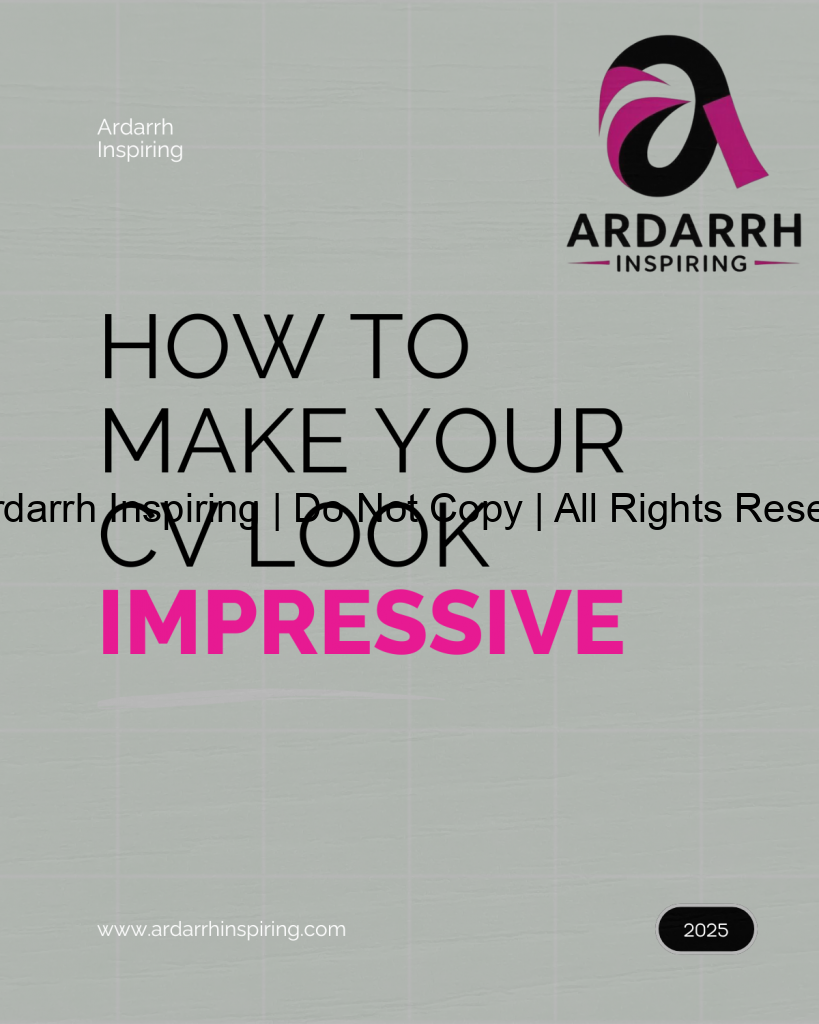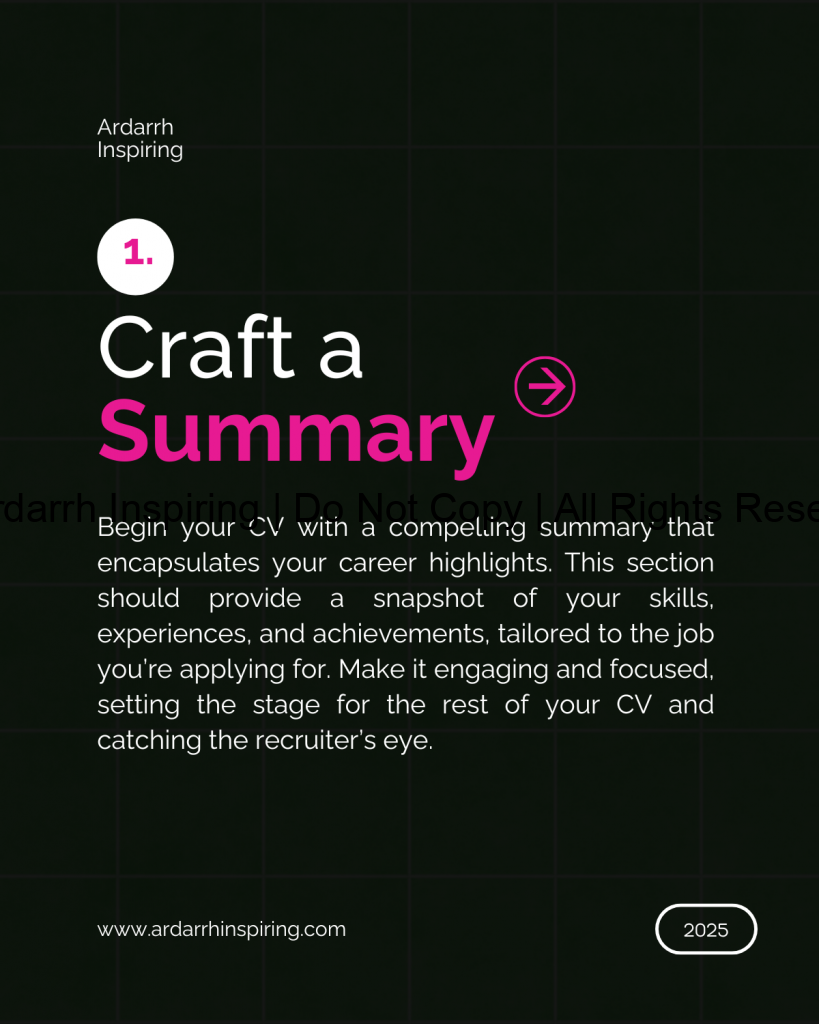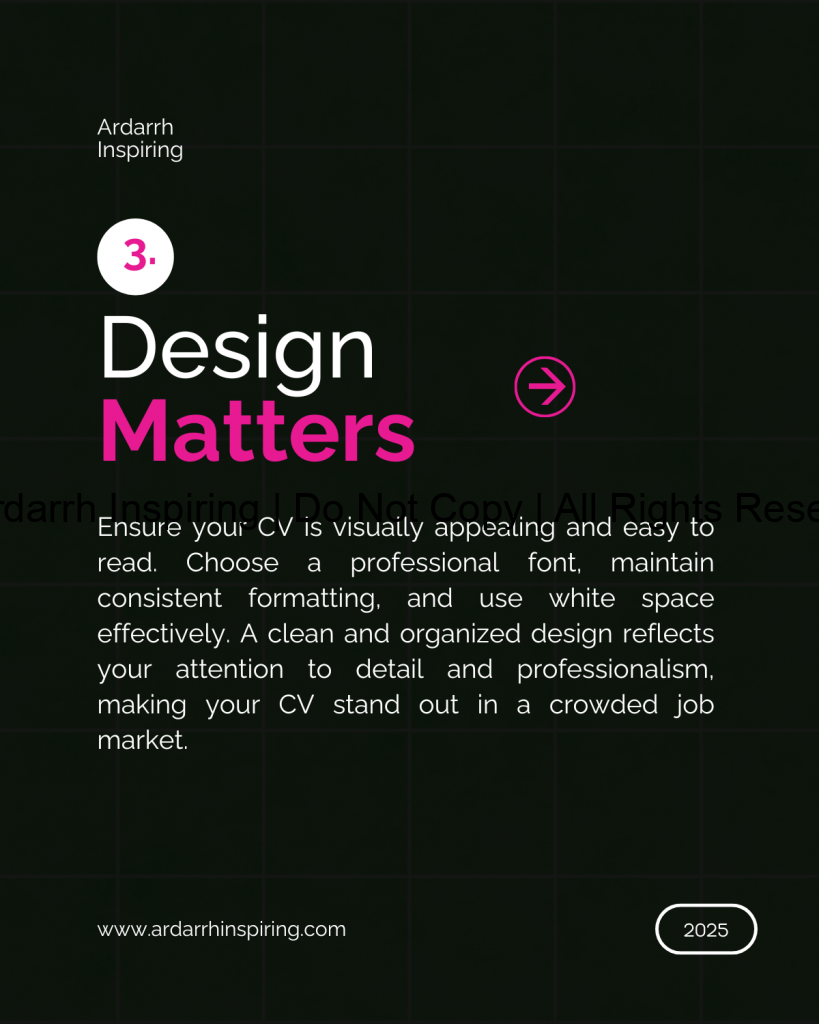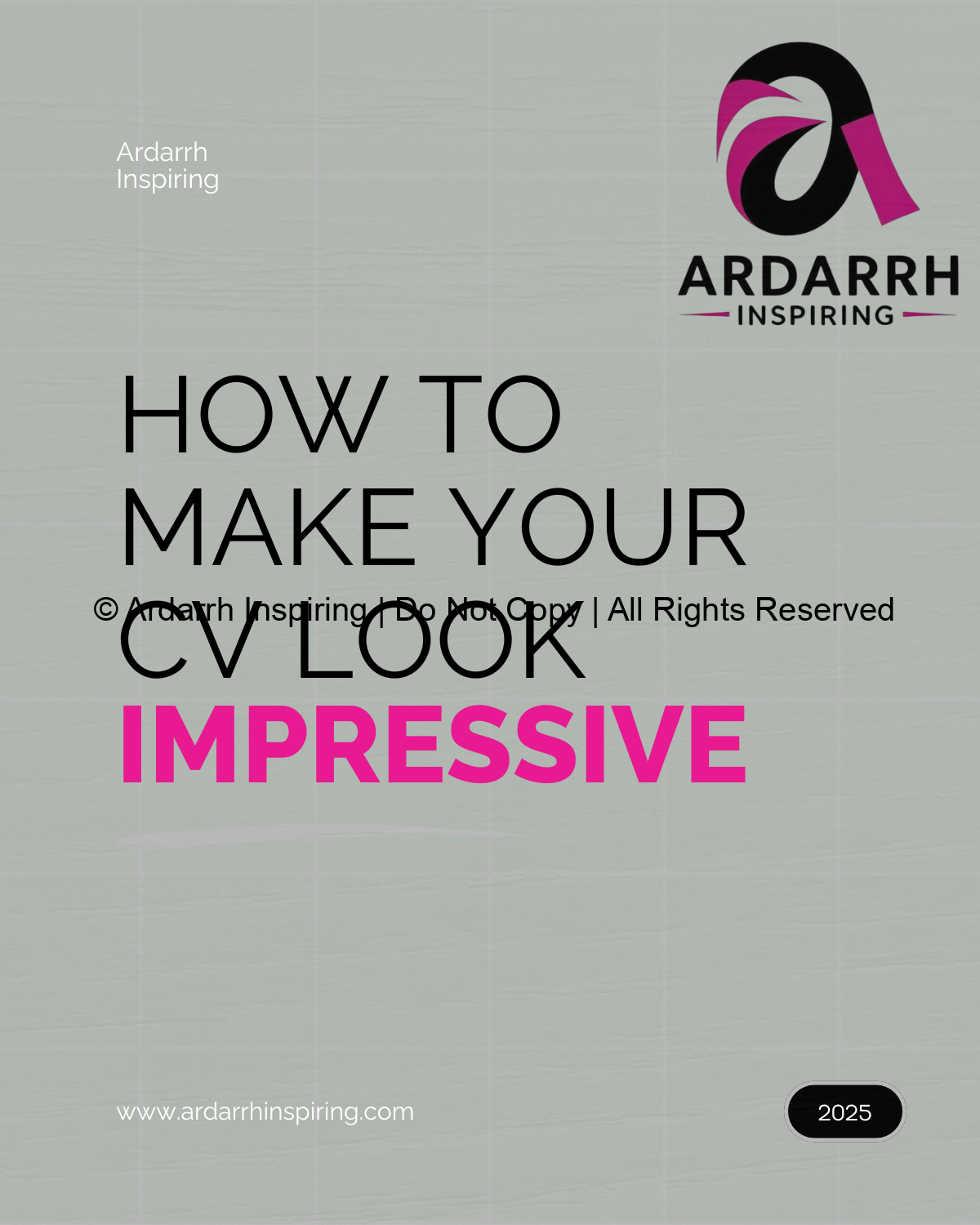In today’s job market, your CV is more than a document — it’s your voice when you’re not in the room. Whether you’re aiming for a creative role, a digital opportunity, or a care job with sponsorship options, one thing is clear: an impressive CV gets attention. But what makes a CV impressive in 2025?
As someone who’s helped people land interviews, job offers, and even sponsored roles, I’ve seen how a few key changes can turn a forgotten file into a powerful career tool.
Here’s how to make your CV stand out — and why this matters now more than ever.
1. Ditch the Boring Templates. Use Design to Your Advantage.
Gone are the days of Times New Roman and grey boxes. An impressive CV today balances clarity with creativity.
That doesn’t mean using rainbow fonts or ten colours. It means intentional formatting: clean headers, bold role titles, strategic whitespace, and maybe just one brand colour that reflects your industry (yes, creatives — this includes you).
👉 Tip: Use Canva or a trusted designer to build something eye-catching and clean. Avoid anything too cluttered.
2. Tailor It for Each Role — Don’t Copy and Paste
If your CV looks the same for every job, it’s already at the bottom of the pile.
You don’t need to rewrite everything, but your summary, skills, and top 3 experiences should match what the job is asking for.
Ask yourself:
- What keywords appear in the job post?
- What experience do I have that solves their current problem?
- What soft skills are most valuable for this position?
👉 Recruiters don’t have time. Make their job easy.
3. Start With a Strong Personal Profile
The first few lines of your CV determine whether the reader keeps scrolling.
Your personal profile (also known as a CV summary) should:
- Be 3–4 lines max
- Capture your value proposition
- Show personality and direction
❌ Don’t say:
“I am a hardworking and dedicated professional with a passion for excellence…”
✅ Instead say:
“Creative and Digital Specialist with 5+ years crafting impactful content, web designs, and digital strategies that grow brands and spark engagement.”
4. Quantify Your Impact — Don’t Just List Tasks
Recruiters want to see proof of performance. Use numbers and results.
Compare these two lines:
❌ “Managed social media accounts and created content.”
✅ “Grew Instagram engagement by 65% in 3 months through strategic reels and carousel campaigns.”
❌ “Worked with clients on design projects.”
✅ “Delivered 12+ brand design projects, 90% of which led to repeat business and referrals.”
Use the formula: Action + What You Did + Result.
5. Add Keywords to Beat ATS Systems
Most companies use Applicant Tracking Systems (ATS) to scan CVs before a human sees them. That means if your CV doesn’t include the right keywords, it might not even get opened.
👉 Use tools like JobScan, or simply study job posts and mirror their phrases.
For example:
- Instead of just “writing,” use “SEO writing,” “copywriting,” or “content strategy” depending on the job ad.
- Instead of “team player,” use “cross-functional collaboration” if that’s what the job requires.
6. Use a Skills Section That Sells
Don’t just list “Communication” or “Teamwork.”
Use a two-part skills section:
- Technical/Digital Skills: e.g., Canva, HTML, Mailchimp, LinkedIn SEO, CRM tools.
- Transferable/Soft Skills: e.g., Client management, Creative storytelling, Problem-solving, Public speaking.
Show that you’re a blend of capability and character.
7. Include Results-Oriented Side Projects
Freelance work? A community podcast? An online store?
Add a small section titled “Other Projects” or “Creative Work” to highlight how you’re constantly creating value — even outside of traditional jobs.
Employers love initiative.
8. Link to Your Work (Yes, Even for Non-Tech Roles)
A modern CV should include clickable links (on PDF):
- LinkedIn profile (updated!)
- Online portfolio
- Personal website
- Podcast or blog (if relevant)
- Testimonials (if available)
This gives the employer a quick path to your story and builds trust before the interview.
9. Keep It 1–2 Pages — No More
You do not need 5 pages unless you’re applying for a board role.
One-page CVs are powerful for early-career roles or creatives. Two-page CVs are fine for mid-career professionals.
👉 Focus on impact, not history.
10. Don’t Forget the Final Touches
Before sending it out, do these:
- Save it as “YourName_CV.pdf”
- Check for grammar and typos (use Grammarly!)
- Read it aloud or ask someone to review it
- Test links and spacing on your phone and desktop
Final Word: A Great CV Doesn’t Brag. It Builds Trust.
An impressive CV tells your story clearly and boldly — without begging or overselling.
It lets people see your value in seconds, and that’s what gets you interviews — and better offers.
If you want help getting this right, the Ardarrh Inspiring Limited-Time CV & LinkedIn Package is open right now. You’ll walk away with a job-winning CV, an optimised LinkedIn profile, and a personal brand that works hard for you, even while you sleep.
Ready to book your slot? It’s a limited-time offer. Click here to claim it before it ends.
Or email me at hello@ardarrhinspiring.com for questions or collaborations.

















